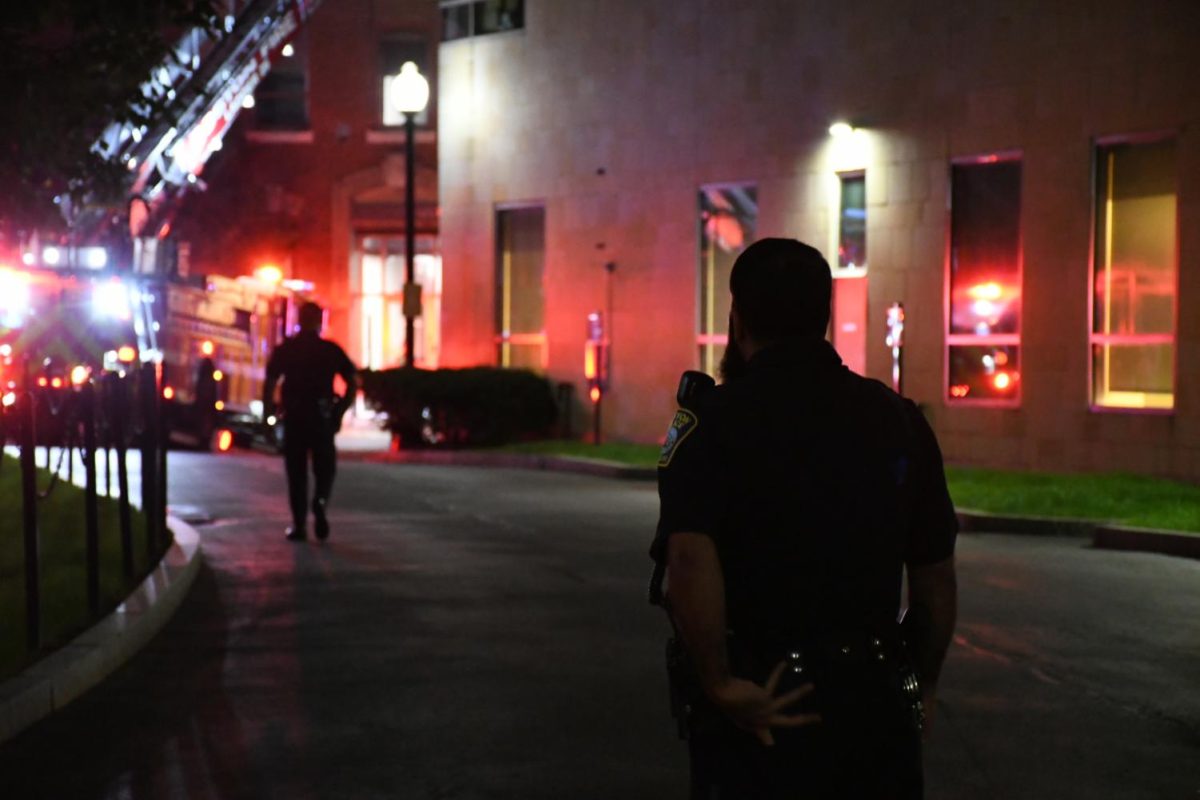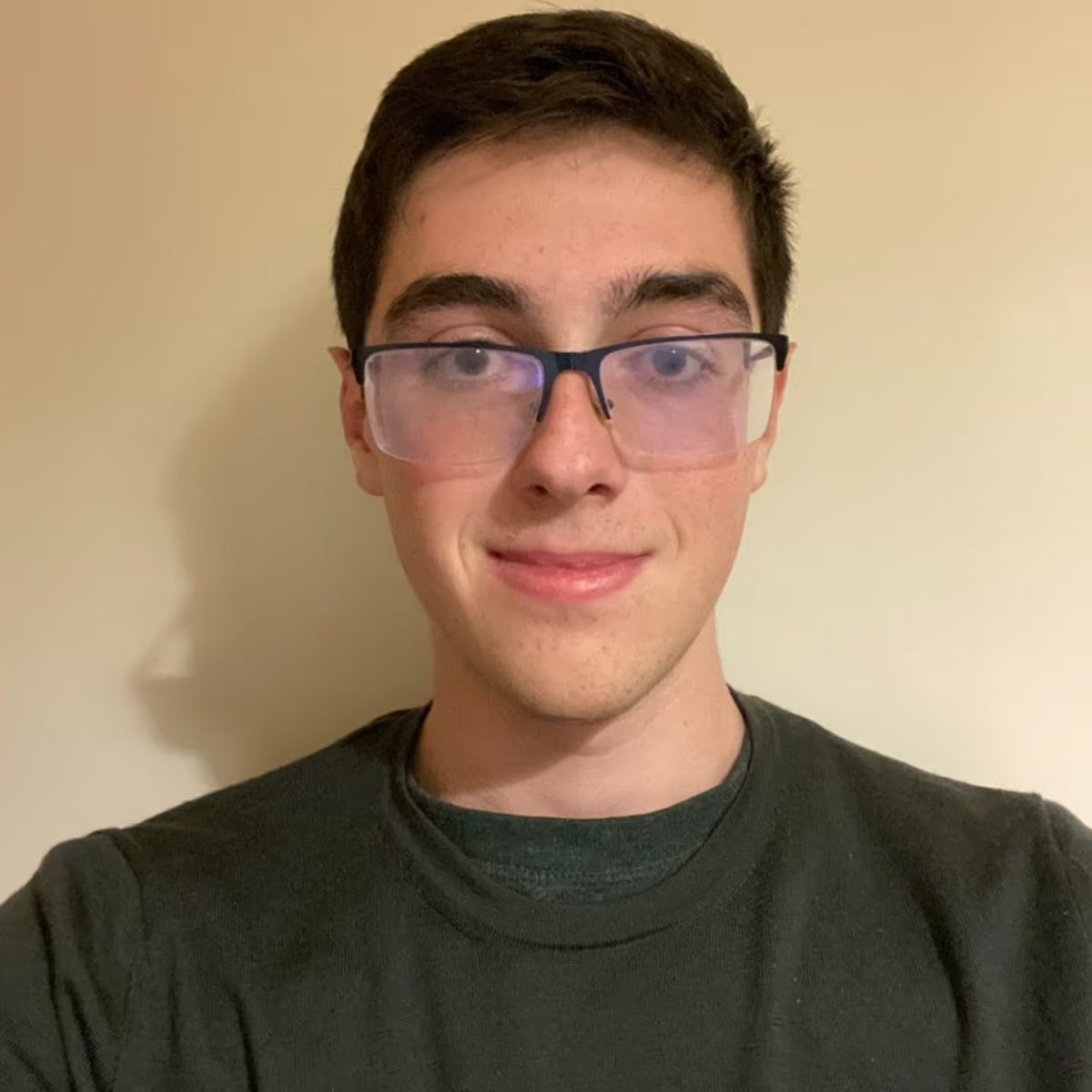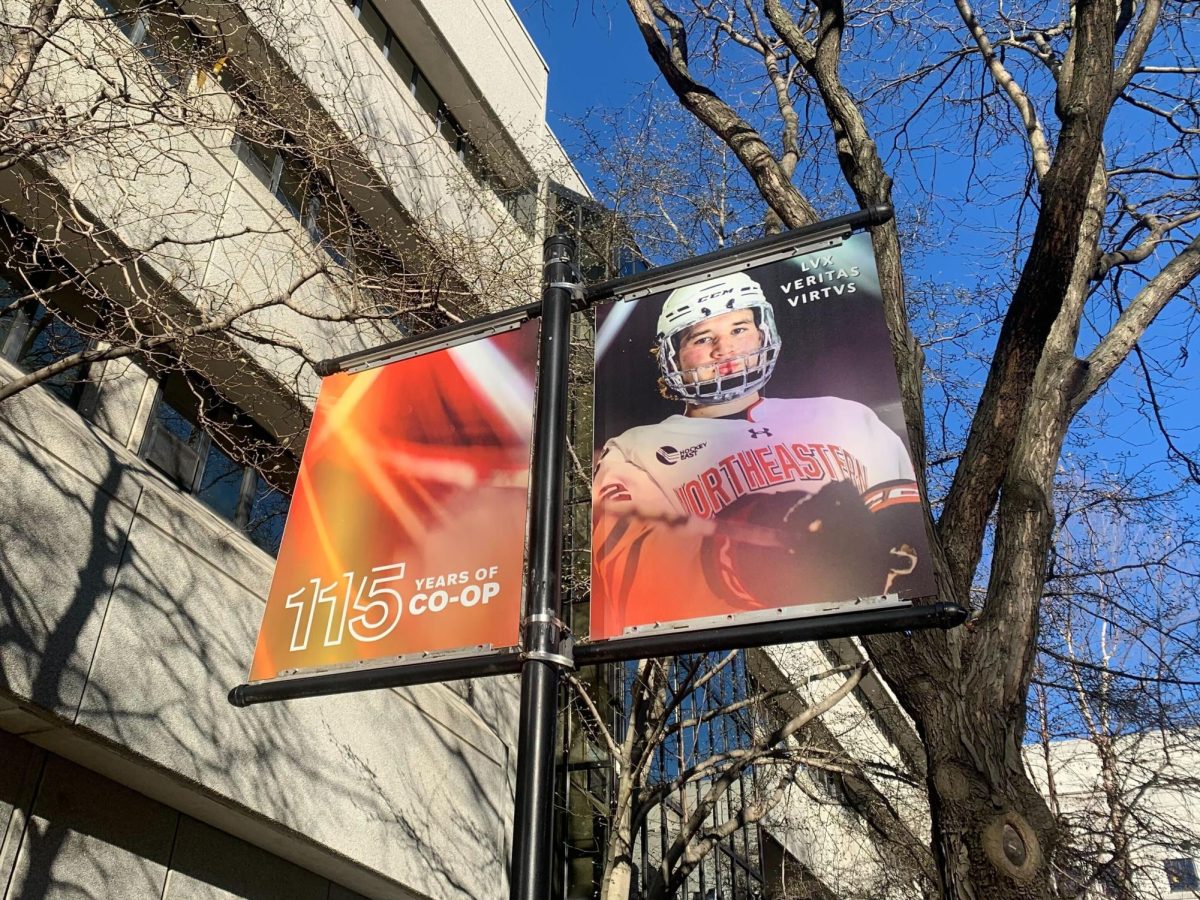By Madelyn Stone, News Staff
Rising alongside the university’s rankings, enrollment growth in Northeastern graduate programs fits with shifts nationwide that indicate a growing interest in education beyond the bachelor’s degree.
Recent articles in the Washington Post and the Boston Globe have highlighted the burgeoning numbers of master’s degrees conferred around the country, a trend that speaks not only to the rising importance of the degree in the professional sphere but also to the value of such graduate programs to national universities.
Sean Gallagher, senior strategist and market development officer at Northeastern, said the momentum for Northeastern’s expansion on the graduate side began in earnest around the time President Joseph E. Aoun took office.
“So more or less since 2006 the university, through a number of colleges and schools and departments and programs, began to strategically focus on professional graduate programming,” he said. “In addition to that, there’s been growth across the university in the research enterprise and the more traditional masters degree programs and also Ph.D programs. That growth has been pretty dramatic, from what I understand.”
Gallagher said the volume of graduate applicants has decreased “to more normal levels” in the past couple of years as employment-related fears caused by the recession have lessened, but interest in master’s degrees remains strong and encourages continued innovation. The university’s expansions through new campuses in Charlotte, N.C. and Seattle are a component of these developments.
Focused exclusively on master’s degree programs for working professionals, the satellite campuses rely on a hybrid model of in-person and online classes to make degrees in areas such as finance and public administration more accessible.
Cheryl Richards is the regional dean and chief executive of the Charlotte campus, established in the fall of 2011. She said the extension of Northeastern academics to these other regions of the country means significant opportunities for these areas.
“When you think of Charlotte, where I am, and then Seattle where our second campus is, both of them have a significant need for a growth in the workforce – not only from an undergraduate standpoint but from a professional graduate standpoint as well,” Richards said. “And in neither case were there high quality private graduate universities available in the region. So Northeastern building these campuses and having a presence in these two regions in particular extends what we’ve done well in Boston for 100 years and brings new opportunities not only for the city but for our students to explore other areas as well.”
Connections around Charlotte and Seattle have led to co-op opportunities for undergraduate students, she explained, as well as research partnerships.
“So it’s really more than just master’s programs,” Richards said. “It’s also about extending the co-op opportunities in really unique and interesting ways that we would not have been privy to staying in Boston, and conducting our faculty with new research opportunity.”
As Northeastern has climbed in the national rankings as a major private university, Gallagher noted that the role of research has expanded along with the graduate offerings. Professor Barry Bluestone, founding director of the Kitty and Michael Dukakis Center for Urban and Regional Policy and former dean of the graduate School of Public Policy and Urban Affairs, pointed to the emphasis on this priority as an area of potential concern.
“If you get to the point where you move so much toward your graduate programs and your research that you begin to undermine the undergraduate program rather than to improve it, that’s when I begin to worry,” Bluestone said. “Are we there? No, I don’t think so for the most part. I think I’m still thrilled with our devotion to our undergraduate programs, but I do think there’s a tension there that we need to recognize and be concerned about.”
Both components of the university’s graduate education – the professional, career-oriented degree and the more traditional research-oriented, full-time master’s and Ph.D programs – have potentially major influence on the undergraduate population. Benefits along the lines of co-op and career connections, alumni networking and cross-country research collaborations arise from the first model, along with another perk: revenue.
“I think lots of universities are trying to [expand graduate programs], mainly for the revenue stream of professional master’s degrees,” Bluestone said. “And you know what we’re trying to do here at Northeastern is make sure we have a strong revenue stream. I’m sure President Aoun would say, ‘in order to make sure that we have the best undergraduate program’ … So if you do this but you keep your eye on the undergraduate program as your goal for doing all the rest – including possibly the campuses in Charlotte and Seattle – if the goal is to make sure you have the funding stream that keeps your undergraduate program well-funded and vibrant, that’s great.”
Richards said the element of revenue with the Charlotte and Seattle-based programs is “yet to be seen” considering the newness of the campuses, but indicated they could provide sources of funding for the university in various ways.
“I think the intent would be for the university to uncover new partnerships that could lead to corporate philanthropy, could lead to joint grant writing and other funding sources beyond graduate professional education,” she said. “These campuses are really designed to enhance the full mission of the university and not just graduate professional education, although that is certainly a growing market and one that has been absent certainly in this market in Charlotte and in Seattle as well.”
Placing too much emphasis on the more research-oriented higher degree programs also has its dangers.
“What I do worry is that there is this tremendous competition among the major universities – Northeastern included – to continually raise their reputation among all other universities as they compete for the best and brightest students,” Bluestone said. “The way many of these schools have done that is to focus on their graduate-level education and even more so on their research. Northeastern certainly has aspirations to be among that elite group of schools, and I fully endorse that. That’s terrific. But I worry … that you can overdo that. You can work so hard to improve your research at the university that you send a signal to your faculty that this is what gets rewarded above all else. And more so than phenomenally good teaching you might do.”
He explained that professors typically fall within categories based on their expertise in teaching relative to conducting research. Both the “researcher-teacher” and “teacher-researcher” have an important place in the undergraduate realm, where there may also be space for the occasional “researcher-researcher” and even the “teacher-teacher” with phenomenal skills in engaging undergraduates.
Some students noted they’ve experienced the gamut of these instructors.
“Some of the professors love teaching and they do a great job of that and some of the professors here are here just to research and that’s very apparent in the way that they teach classes,” Robinson Greig, a senior mechanical engineering major, explained. “I think that’s a pretty common theme among engineering professors. They’re engineers at heart. They like to research topics and the way they get funded for their research is to teach.”
Jaclyn Lena, a sophomore biology major, said her professors have emphasized the research component in a mostly positive way.
“I think a lot of my professors are pretty attentive to the undergraduates, although I know that all of them are professionals and work with a lot of the graduate students as well. But some of them will bring in the kids who they work with or will bring in different research that they do with the graduate students, so I guess that’s how I would be influenced – just by their work and learning from them.”
Middler finance and entrepreneurship major David Sadowsky said he’s experienced plenty of professors that focused primarily on their research.
“Especially when I was a freshman … It was really annoying,” he said. “But from what I hear I think that’s a pretty common experience for college students. A lot of freshmen teachers are not really very experienced, but overall all my teachers say that even though they do care about teaching, they all care about research as well. I think most of them are probably researchers first, but I don’t think that’s necessarily bad. I think that’s probably good, I think it makes them more interesting.”
He echoed Greig’s feeling that Northeastern’s expansions in the graduate programs are a positive development for the school’s reputation.
“I think they’re doing something right,” Sadowsky said. “Because they’re moving up in the rankings pretty quickly and have been for a while.”
Gallagher said Northeastern’s large portfolio of relevant, accessible degree programs has increased the value of the university’s brand.
“By establishing a base in Charlotte, we now have very positive and very high brand awareness not only in that region … but among employers,” he added. “It’s nice to get visibility for the university in a major city like that at a great quality level, versus if we just had a billboard somewhere or something. I would say that in the long-term, if you look ahead – and we’ve measured this nationally with some surveys – it’s helping in the brand awareness for Northeastern.”
Bluestone felt more dubious about the effect of the professionally oriented campuses on Northeastern’s image.
“Other schools have tried to do this, notably New York University, and I am not sure that this adds to our reputation or perhaps detracts from it,” he said. “I think the major reason we’re doing it is for the revenue stream. But you know the thing you don’t want to be, if you’re really striving to be a great university in the traditional sense, is to be the University of Phoenix.”
Ultimately, however, Bluestone felt positive about Northeastern’s upward trajectory in recent years.
“It’s the challenge of the modern university, as universities are in flux,” he said. “They’re transforming, they’re fighting for students, many of them, they’re always looking for revenue, and it’s a constant struggle. My only concern is that in trying to pursue that struggle in the best way, we don’t begin to undermine the excellent undergraduate programs we have here … The undergraduate program is the centerpiece and should be and should remain that way with increased research and increased graduate programs, but never forgetting that the centerpiece is undergraduate.”








